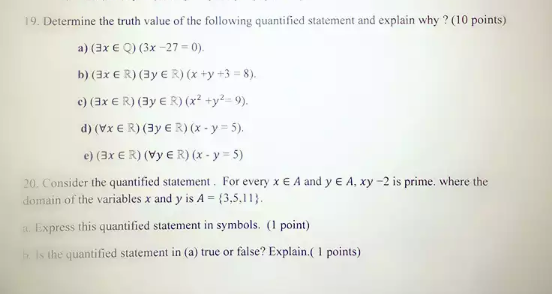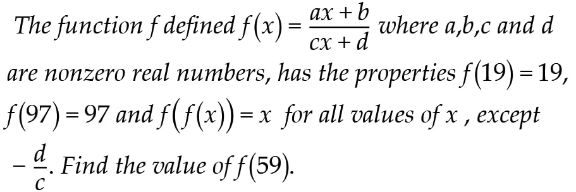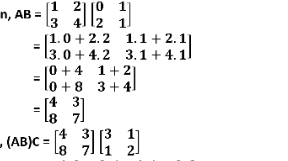
AllQuestion and Answers: Page 668
Question Number 152160 Answers: 1 Comments: 0
Question Number 152197 Answers: 0 Comments: 0

Question Number 152151 Answers: 3 Comments: 0

Question Number 152150 Answers: 1 Comments: 0

Question Number 152147 Answers: 1 Comments: 0

Question Number 152142 Answers: 1 Comments: 0
Question Number 152141 Answers: 2 Comments: 0
Question Number 152140 Answers: 0 Comments: 0
Question Number 152139 Answers: 1 Comments: 1
Question Number 152122 Answers: 1 Comments: 0
Question Number 152115 Answers: 1 Comments: 0
$$\int\frac{\mathrm{dx}}{\mathrm{asin}\:\mathrm{x}+\mathrm{bcos}\:\mathrm{x}} \\ $$
Question Number 152116 Answers: 3 Comments: 2
$$\int\frac{\mathrm{sin}\:\mathrm{x}}{\:\sqrt{\mathrm{1}+\mathrm{sin}\:\mathrm{x}}}\mathrm{dx} \\ $$
Question Number 152112 Answers: 1 Comments: 0
Question Number 152111 Answers: 3 Comments: 0
Question Number 152110 Answers: 3 Comments: 0
$$\int\mathrm{a}^{\mathrm{mx}} \mathrm{b}^{\mathrm{nx}} \mathrm{dx} \\ $$
Question Number 152106 Answers: 0 Comments: 0
$$\int\:\mathrm{x}^{\mathrm{n}} \:\mathrm{cos}\left(\mathrm{nx}\right)\:\mathrm{dx} \\ $$
Question Number 152094 Answers: 1 Comments: 0

Question Number 152091 Answers: 1 Comments: 0
Question Number 152088 Answers: 2 Comments: 0
Question Number 152186 Answers: 1 Comments: 0
$$\int\mathrm{x}^{\mathrm{n}} \:\mathrm{cos}\left(\mathrm{nx}\right)\:\mathrm{dx} \\ $$
Question Number 152082 Answers: 1 Comments: 0

Question Number 152101 Answers: 1 Comments: 0
Question Number 152063 Answers: 2 Comments: 0
Question Number 152061 Answers: 1 Comments: 0
Question Number 152052 Answers: 1 Comments: 0
Question Number 152049 Answers: 0 Comments: 0
Pg 663 Pg 664 Pg 665 Pg 666 Pg 667 Pg 668 Pg 669 Pg 670 Pg 671 Pg 672
